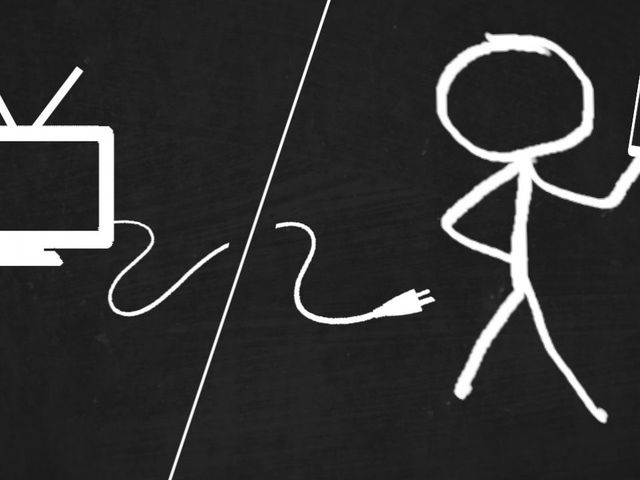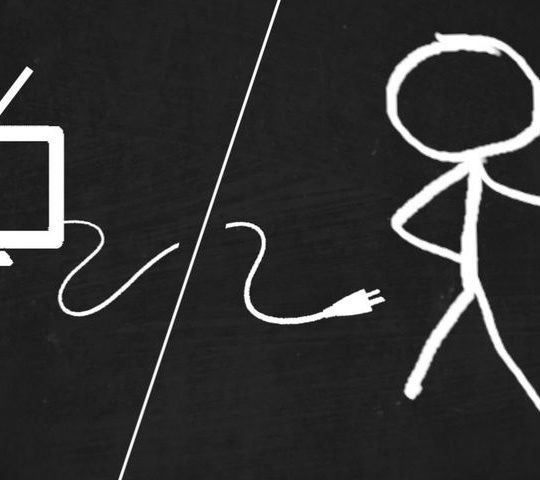In 2010, wire firms nationwide experienced something never prior to run into: almost 500,000 people canceled their cable television agreements. With a growing number of tvs stations, plan rates being more affordable, and seeing options broadening, why did this take place?
In the previous 20-years, wire as well as satellite tv has actually blown up in development. It seems just yesterday when satellite operators were jockeying to offer subscribers with “neighborhood network” accessibility, which was a distinct competitive benefit for wire operators. Today, that’s an absurd concern.
The number of individuals that multi-task with their computer while watching tv is raising. A majority of customers confess to checking out email during business breaks, or taking part in social networks activities related to the tv program being checked out. Video clip streaming TV deals on laptop computers, iPads, and smart devices continuouslies expand. DVR areas more control of tv watching in the consumers’ hands, as well as provides the capability to stay clear of commercials. With these characteristics occurring, it’s it’s not surprising that viewers are starting to put 2 as well as 2 together to realize their options for regulating what they view, exactly how they see it, and also through what source they can see are slowly broadening.

Netflix instantaneous queue is expanding by jumps as well as bounds through video gaming consoles Xbox and also Wii, as are media on-demand solutions such as Hulu, Apple, and Amazon.com. Although in its initial stages, these brand-new media options are driving the establishing segment of web-based tv. Deep-pocketed firms such as Microsoft and also Verizon are actively establishing models to provide these new solutions, which will seriously interfere with the economies of scale for typical television service.
Microsoft is talking with TV networks about getting rights to provide a bundle of channels with Xbox in the United States, in addition to the video-on-demand and also Netflix Watch Promptly solution it currently carries to 30 million individuals. Verizon is likewise checking out how it can use Fios TELEVISION service outside its wired impact. The company is also setting up a new service division, Verizon Digital Media Services, to make it possible for Fios and others to supply live TV over the web to all net-connected gadgets.
The largest hurdles at this time are:
1. Transmission capacity streaming on such a large range
2. Developers’ reluctance to license brand-new gamers
3. Cord, telco as well as satellite operators’ control over the access to the residence
With cable and also satellite registration numbers proceeding to decrease, such difficulties end up being much easier to get over for all involved. Market dynamics drive modifications to solution designs, and also this specific version is on the verge of some significant changes in the years to coming.



